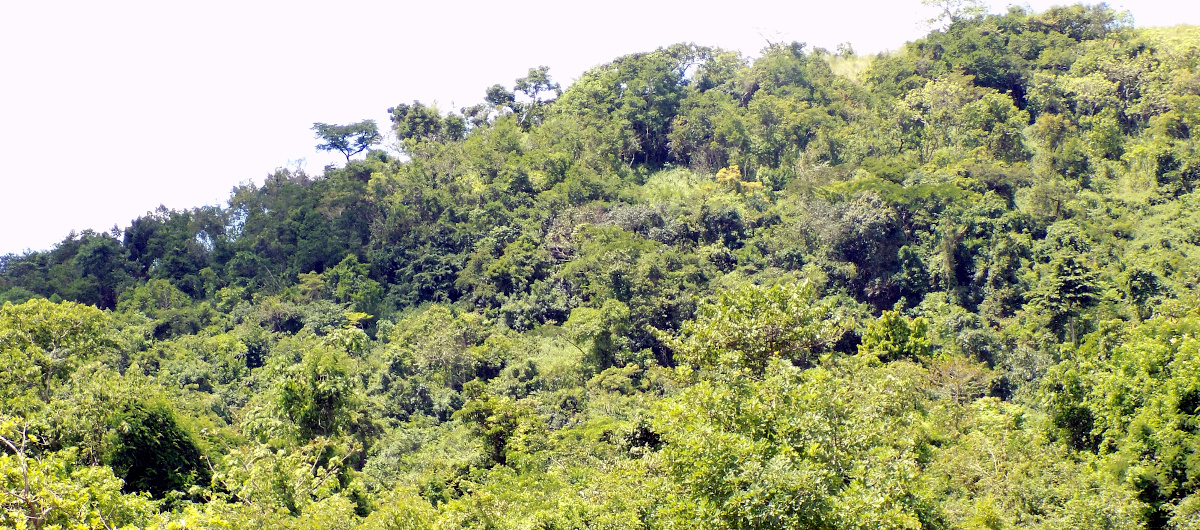The Euphaedra rex is one of two nationally threatened butterfly species found in West Bugwe Forest. Photo: Charles J Sharp (CC BY-SA 4.0)
The Euphaedra rex is one of two nationally threatened butterfly species found in West Bugwe Forest. Photo: Charles J Sharp (CC BY-SA 4.0)
Many of Uganda’s forests are being threatened by encroachment and pressure for farmland and fuel. As important carbon sinks, their degradation has major implications for climate change and leads to biodiversity loss and poverty for people dependent on the forests’ resources.
West Bugwe is one of only three natural forests remaining in Uganda’s Eastern region. Despite its designation as a Central Forest Reserve, it has continued to be degraded by encroachment and illegal activities such as charcoal burning, farming and fuel wood collection.
A Rocha Uganda is initiating work to protect West Bugwe Forest through practical grassroots action:
Charcoal production is one of the most pressing threats to the forest. With the support of local council leaders, A Rocha Uganda aims to work with 1,000 households surrounding the forest to promote energy conservation and the use of fuel-efficient cook stoves.
Open fires are very inefficient and generate enormous quantities of carbon dioxide, methane and other greenhouse gases. Cook stoves help reduce these emissions and dramatically improve indoor air quality – improving the health of the children and women responsible for food preparation. They also reduce the number of trees that need to be cut down, protecting the forest and saving families money or time that would otherwise be spent on purchasing or collecting fuel wood.
Woodlots will also be established along the forest edge where regulated activities such as the collection of medicinal plants, mushrooms and fallen branches for firewood can be promoted.
The environmental education component of the project will begin by listening to the forest communities and their current local knowledge of the forest. Based on these conversations, A Rocha Uganda will work with 1,000 households, helping them to further understand the importance of the forest and how to protect it for future generations. The project will emphasize the forest’s role in regulating the local climate and empower community members to become more resilient to the potential impacts of global climate change.
A Rocha Uganda also hope to renovate some of the existing disused buildings in the forest into an eco-tourism facility for visitors.
Through tree planting and by encouraging natural regeneration using native, locally threatened tree species, A Rocha Uganda aims to restore the habitats of the forest and promote carbon storage, important for tackling climate change.
Biological surveys will also be carried out to assess the ongoing impact of the project on forest habitats, using small mammals and birds as bio-indicators of the forest’s overall health.
